How Cork Helped in Opening the World to Microscopy
By Brent Temple | April 12 2018 Many of us likely remember studying the cell structure from a diagram in our school's science class; learning about the nucleus, the nuclear membrane, and cell membrane and how it contributes to the basic structure and function of all living organisms. But did you know that the term "cell" came from the material used to plug your wine bottle?
Many of us likely remember studying the cell structure from a diagram in our school's science class; learning about the nucleus, the nuclear membrane, and cell membrane and how it contributes to the basic structure and function of all living organisms. But did you know that the term "cell" came from the material used to plug your wine bottle?
After the first compound microscope was created in the 1590's, its use was more of a novelty with a maximum magnification of 9x. It wasn't until the mid-1600's that the microscope gained interest in the scientific community with magnification reaching 50x. Because of a commission by King Charles II of England, 26 year old English scientist, Robert Hooke, took on an assignment to create a series of microscopical studies.
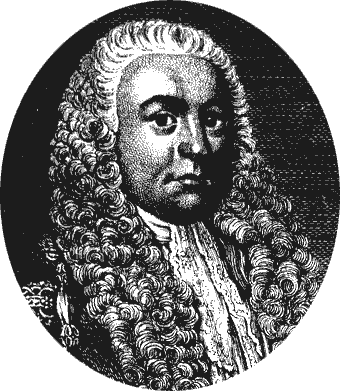 Portrait of Robert Hooke.Hooke later published Micrographia: or Some Physiological Descriptions of Miniature Bodies Made by Magnifying Glasses in 1665 that outlined his observations of material and living things he made with a primitive microscope. It proved to be the first of many things: the first major publication of the Royal Society, and the first scientific best-seller that inspired a wide public interest in the new science of microscopy. Among his observations were insects, fabric, and fossils that he illustrated himself; often illustrating them within a circle, reflecting his viewpoint from the microscope's lens. His curiosity even took him to observing a louse, a wingless parasitic insect, feeding on his hand to observe how his blood traveled into the louse.
Portrait of Robert Hooke.Hooke later published Micrographia: or Some Physiological Descriptions of Miniature Bodies Made by Magnifying Glasses in 1665 that outlined his observations of material and living things he made with a primitive microscope. It proved to be the first of many things: the first major publication of the Royal Society, and the first scientific best-seller that inspired a wide public interest in the new science of microscopy. Among his observations were insects, fabric, and fossils that he illustrated himself; often illustrating them within a circle, reflecting his viewpoint from the microscope's lens. His curiosity even took him to observing a louse, a wingless parasitic insect, feeding on his hand to observe how his blood traveled into the louse.
But he also observed plant material which included bark from the tree Quercus suber. This bark, also known as "cork", is light and soft which winemakers use to stop their wine-bottles. Interestingly, while observing a sample of cork under his microscope, he used the word 'cell', Latin meaning "small room", to describe the empty spaces contained by walls within the dead tissue, because it reminded him of the small, simple rooms inside Catholic and Orthodox monasteries and Buddhist vihara of that time.
Though he did not fully understand the meaning of his discovery, the book's publication inspired scientists, no doubt with its beautiful illustrations and curious details, to explore microscopy and led to the now universally accepted cell theory. The first living cells were not seen until 1670 by Anton van Leeuwenhoek, a Dutch biologist, and in 1833, Robert Brown discovered the nucleus, the center, of cells in plants. But because of Robert Hooke's accurate description, the term "cell" stuck.
Read More About This |
Did You Know? Logwood - A History of Palettes, Pirates, and Pathology
@umichpath |
|
|
A History of Pathology in 50 Objects
Robert Hooke and The Discovery of the Cell
History: Robert Hooke |
History of the Microscope
A Brief History of Microbiology |
|
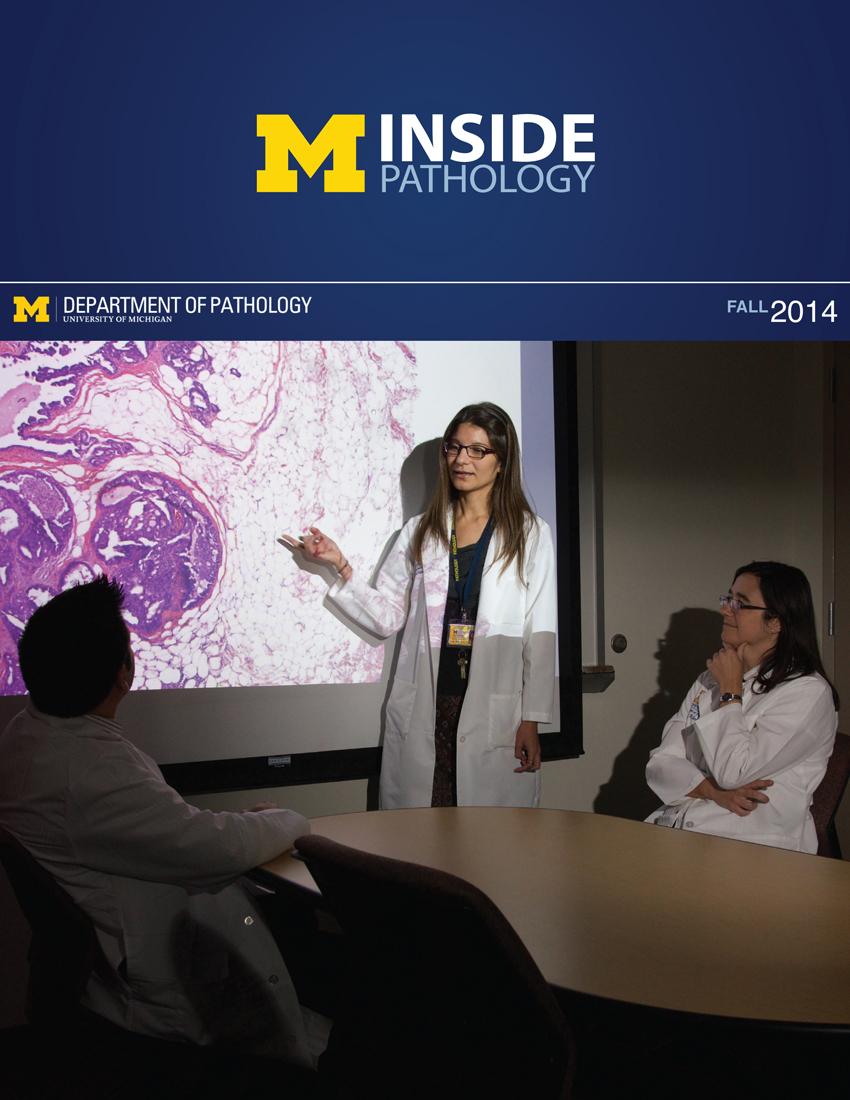 ON THE COVER
ON THE COVER
 ON THE COVER
ON THE COVER
 ON THE COVER
ON THE COVER
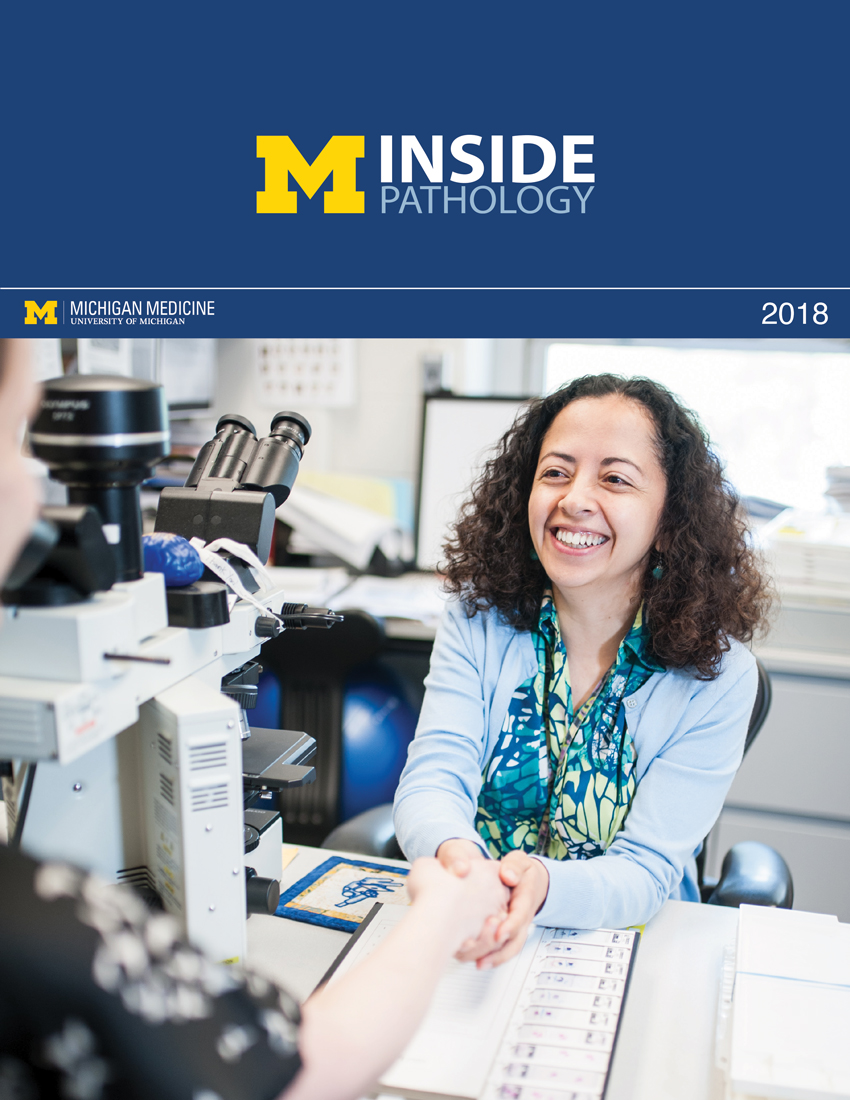 ON THE COVER
ON THE COVER
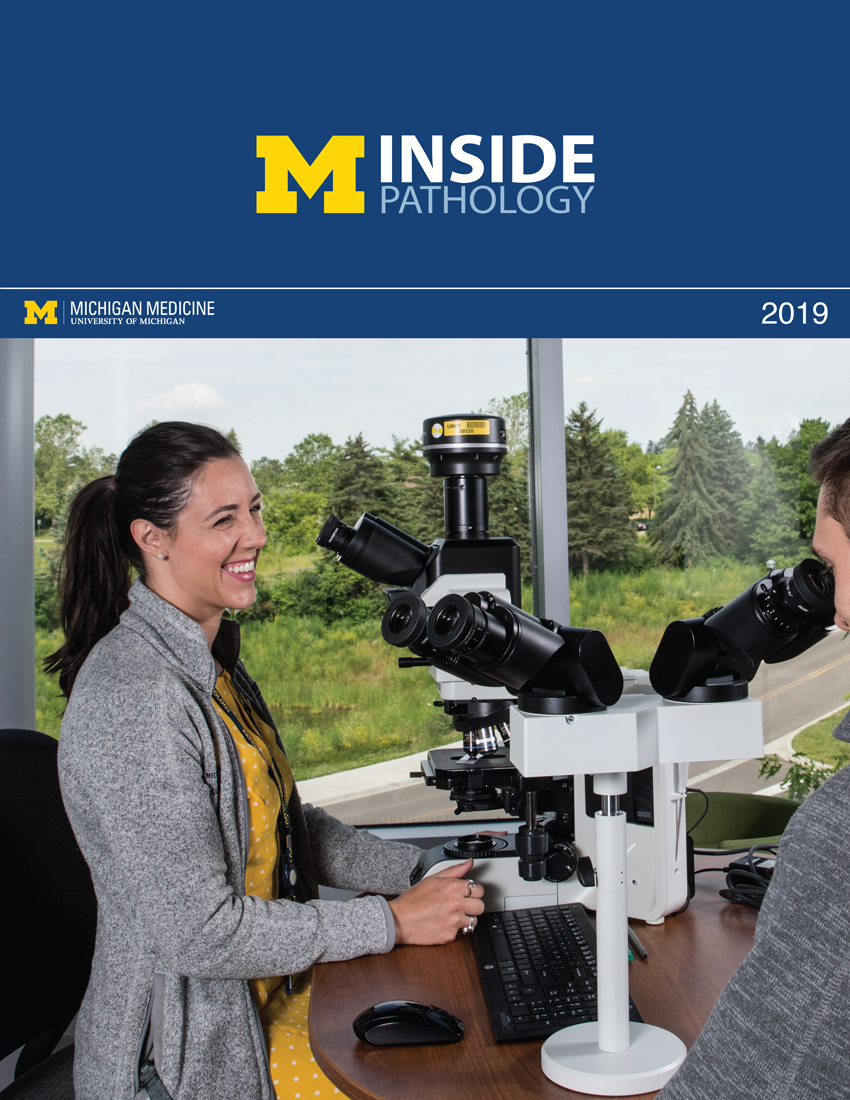 ON THE COVER
ON THE COVER
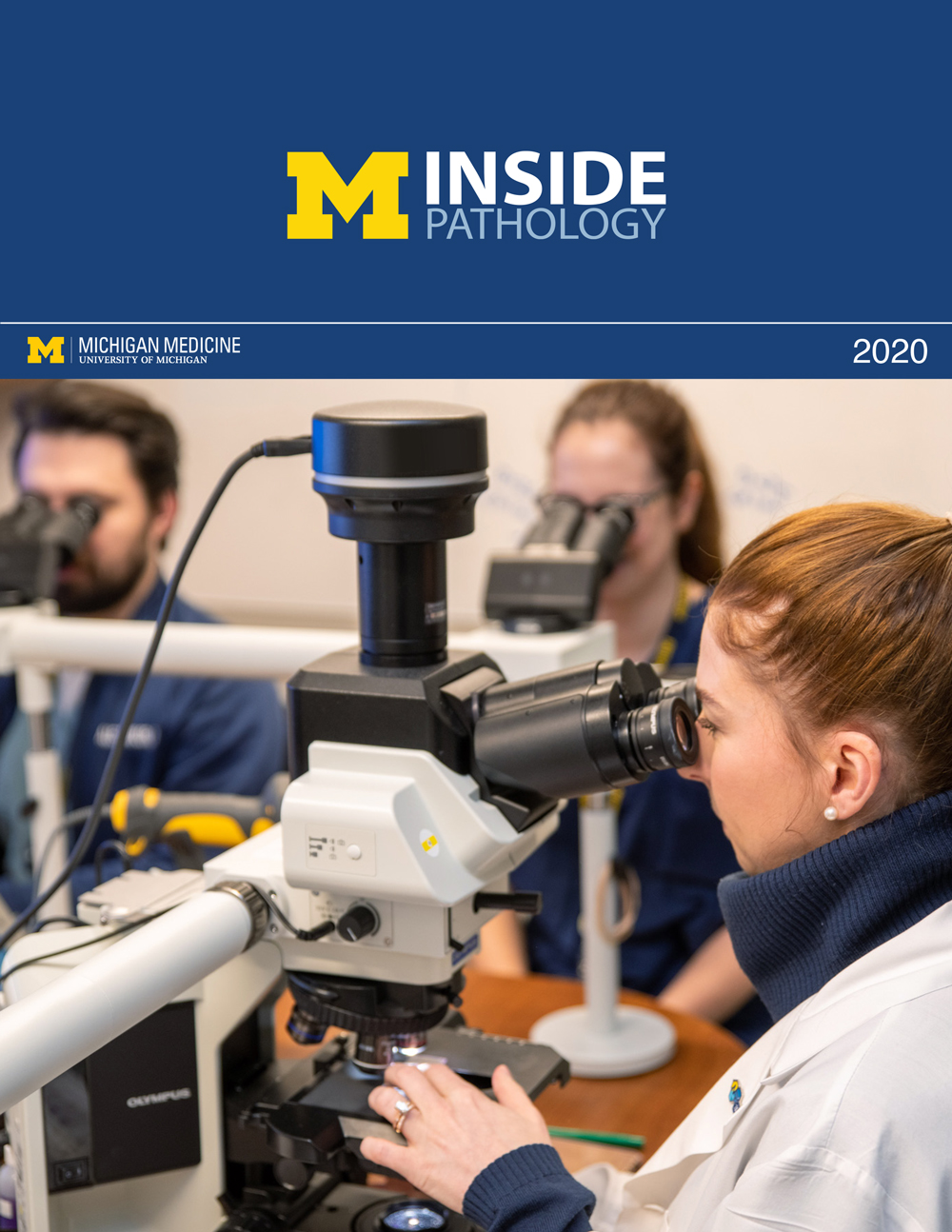 ON THE COVER
ON THE COVER
 ON THE COVER
ON THE COVER
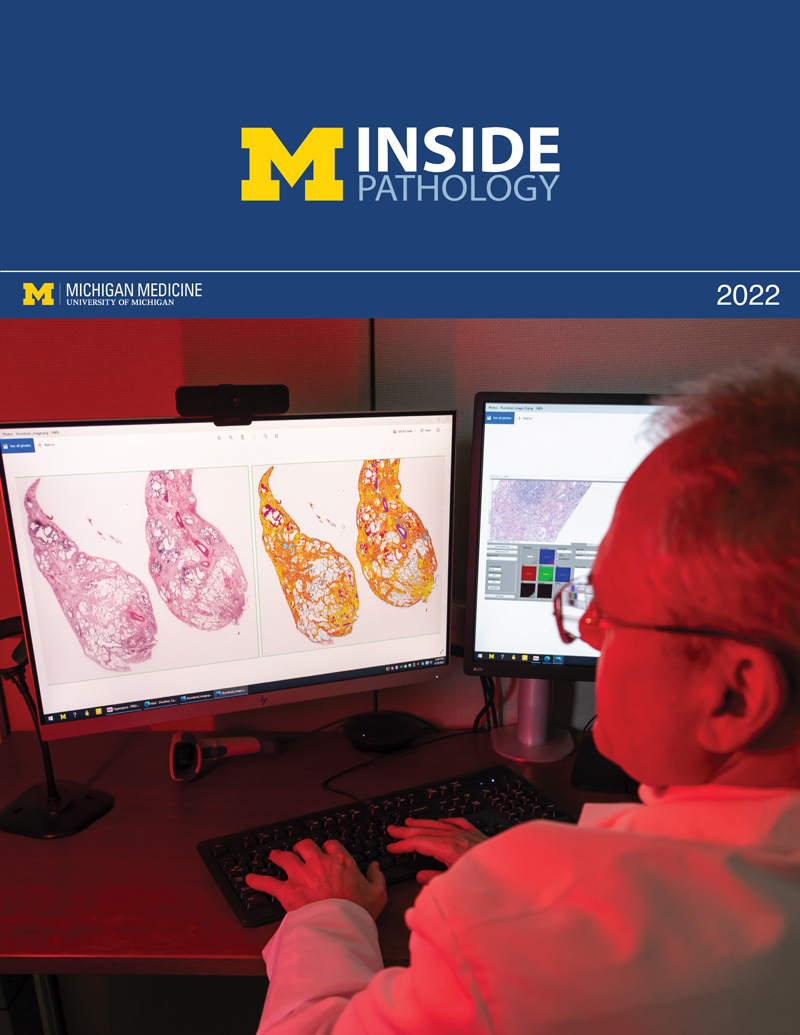 ON THE COVER
ON THE COVER
 ON THE COVER
ON THE COVER
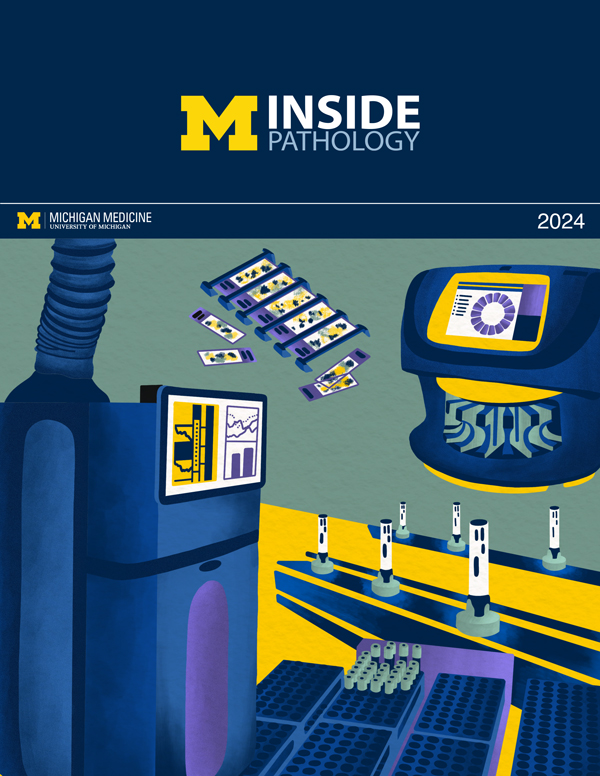 ON THE COVER
ON THE COVER
 ON THE COVER
ON THE COVER
